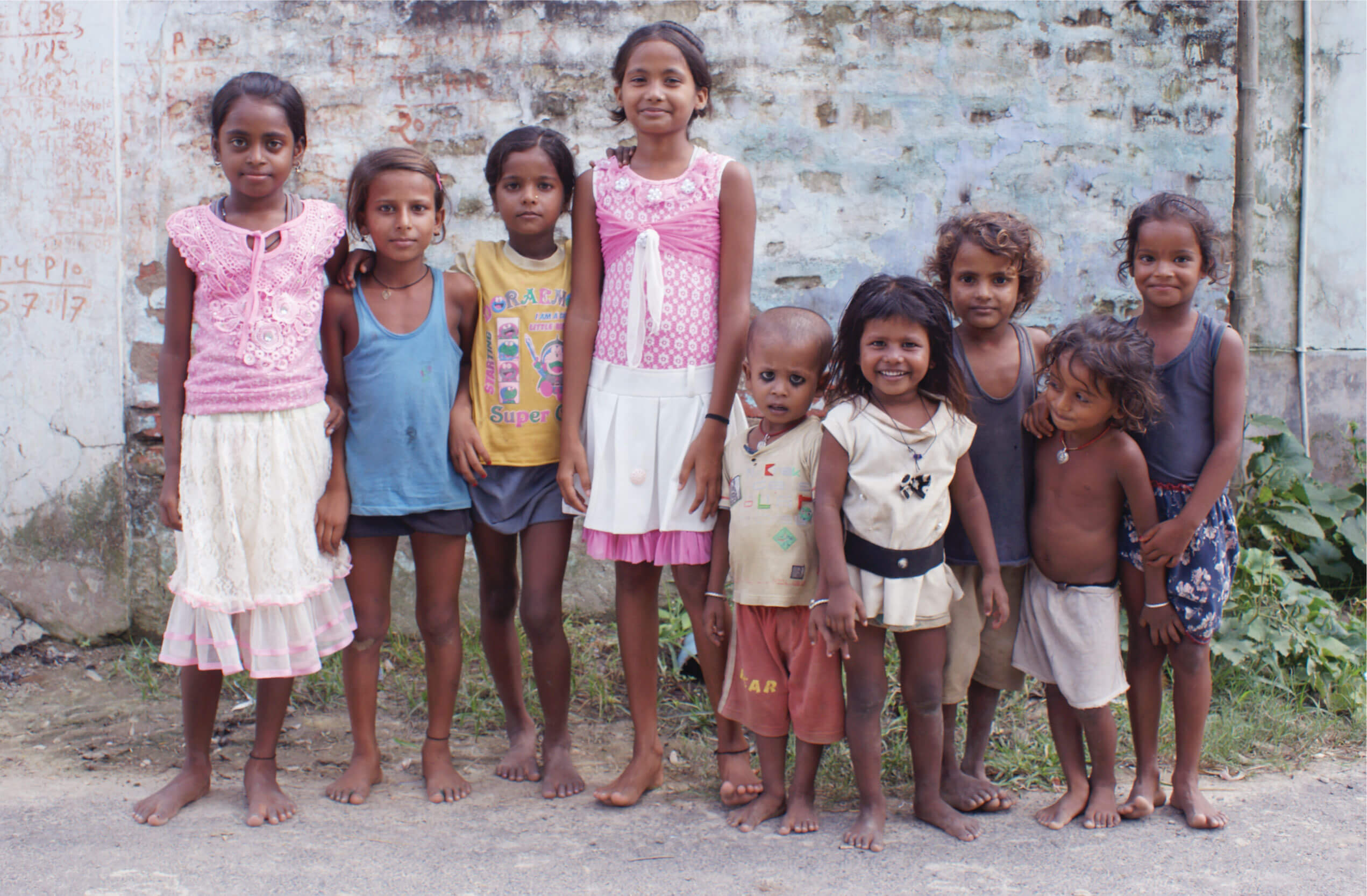

-
GOVERNING BOARD 2018-19
Nawshir Mirza - Chartered Accountant & Independent Board Director
Madhusudan Menon - Chartered Accountant & Chairperson, Micro Housing Finance Corporation
Abhiroop Mukhopadyay - Professor of Economics, The Indian Statistical Institute
Pradeep Narayan - Director, Praxis
Nilima Mehta - Social Work Professor & Child Rights Expert
Vikas Srivastava - Senior Partner Luthra & Luthra Of ces
Kajol Devasmita Menon, Co-Founder, Leher
Nicole Rangel Menezes, Co-Founder, Leher
-
LEHER TEAM 2018-19
Kajol Devasmita Menon
Nicole Rangel Menezes
Nipa Bhansali
Richa Nagaich
Tasha Koshi
-
COVER VIDEO
Nipa Bhansali
-
DESIGN BY
nb design co.
FOREWORD
Dear Friends,
As Leher grew out of infancy into our 6th year, we learned more and more that children get extremely destabilized by the challenges before society; that they, their families and communities have great potential to effect change. While there will always be need to rehabilitate children who have been harmed, community led preventive initiatives are invaluable to address root causes towards change of societal status quo.
Leher’s experimental field site in Madhubani demonstrating community led child protection has completed five years and offers itself as a living site of learning and practice. Village Child Protection Committees (VCPC) and children’s groups have grown into leadership groups that have reach and influence across their entire communities. We are now able to visualize preparing communities to take complete charge. This requires a shift in gear for us, requiring focus to be added on giving them more technical and managerial skills, strengthening the system’s capacity to respond to proactive and interested communities. The case stories documented in this report help us see communities’ willingness to problem solve, devise techniques , step up to take on more complex issues with a rational approach and to negotiate with the system for their children. Communities’ work on keeping their children safe does not end, it remains a work in progress; the idea is to create self-sustaining mechanisms who undertake to do the same.
Leher’s partnership in Maharashtra with UNICEF and the State Government came to fruition with the creation of a toolkit for village child protection committees comprising of eight instructional films and five IEC materials to orient members of committees across 40000 villages in the state of Maharashtra. The toolkit is foundational- providing understanding of concepts related to rights, laws, and functional skills to VCPC to enable them to embark on a self-led journey towards shifts in thought and practice for child protection. The toolkit also includes a manual to train child protection managers of District Child Protection Units (DCPU) and NGOs on understanding and skills for how to facilitate and support VCPC in their districts. The subsequent work would focus on dissemination and orientation of child protection functionaries across the districts on making the materials accessible to the communities. Going forward, Leher aims to form collaborations across states to spread interest, knowledge and demand for community led child protection.
This year, Leher entered into a significant collaboration with UNICEF to design a public engagement initiative towards creating a culture of raising voices against violence and for child protection. #THEMINORPROJECT grew out of a combination of factors: the last five years of Leher’s work on communicating and popularizing understanding and engagement on child protection among younger cohorts of the population, in positions of influence who in normal course of their lives are unconcerned with children’s issues; and through collaborative interventions with civil society on advocacy for laws for protection of children, where we found the lay public was completely apathetic and unconcerned about children’s issues.
Leher’s work communicating child protection yielded some significant collaborations with writers, photographers while also exploring several new formats and a noticeable increase in engagements, collaborations and following. Our guest writer’s corner had features from influential members of civil society, parent community, human rights activists. Little Humans, our campaign on
bringing voices of children to the centre of discussions, explored important issues of displacement, eviction, life in the red-light area and general invisibility of issues of underprivileged children through collaborations with prominent civil society organizations across the country. Through collaborations with prominent photographers such as the photography collective, Leher was able to reach a wide audience to show how floods, conflict, scrap picking affect the lives of children.
Leher’s vision is for caring families alert communities and responsive governments to come together for the rights and protection for all children. Six years in the field we feel that our contributions though small have been meaningful and we count on your continued good wishes and support. Leher intends to take forward our aim of creating knowledge, build on ideas that can be scaled and embedded within existing institutions and systems.
With regards, Kajol Devasmita Menon & Nicole Rangel Menezes

FIELD LAB: GOAL POSTS
FROM GROUND ZERO
2018-2019 marked the 5th year of work in Madhubani Bihar, Leher’s field demonstration site for community led child protection in partnership with Sarvo Prayas Sansthan. This work initiated in 2014 set out to find answers to the question: If equipped with skills and information, would communities be able to organize themselves and act to keep their children safe? This year this longitudinal piece of preventive child protection work shifted gears to nudge community Village Level Child Protection Committees (VCPC) and children’s groups to take full ownership for their work with much reduced NGO facilitation.
MILESTONES
-

14 of 36 VCPC began to function independently with the remaining being put on a plan to get them on track start independent work with less external facilitation.
-

Impact indicators to track the journey were developed in collaboration with the communities.
-

Self-assessment was undertaken in all 36 villages and each VCPC scored themselves and identified areas for strengthening and input.
SUMMARY TABLE
-

The Village Child Protection Committees assisted in 375 cases in the communities.
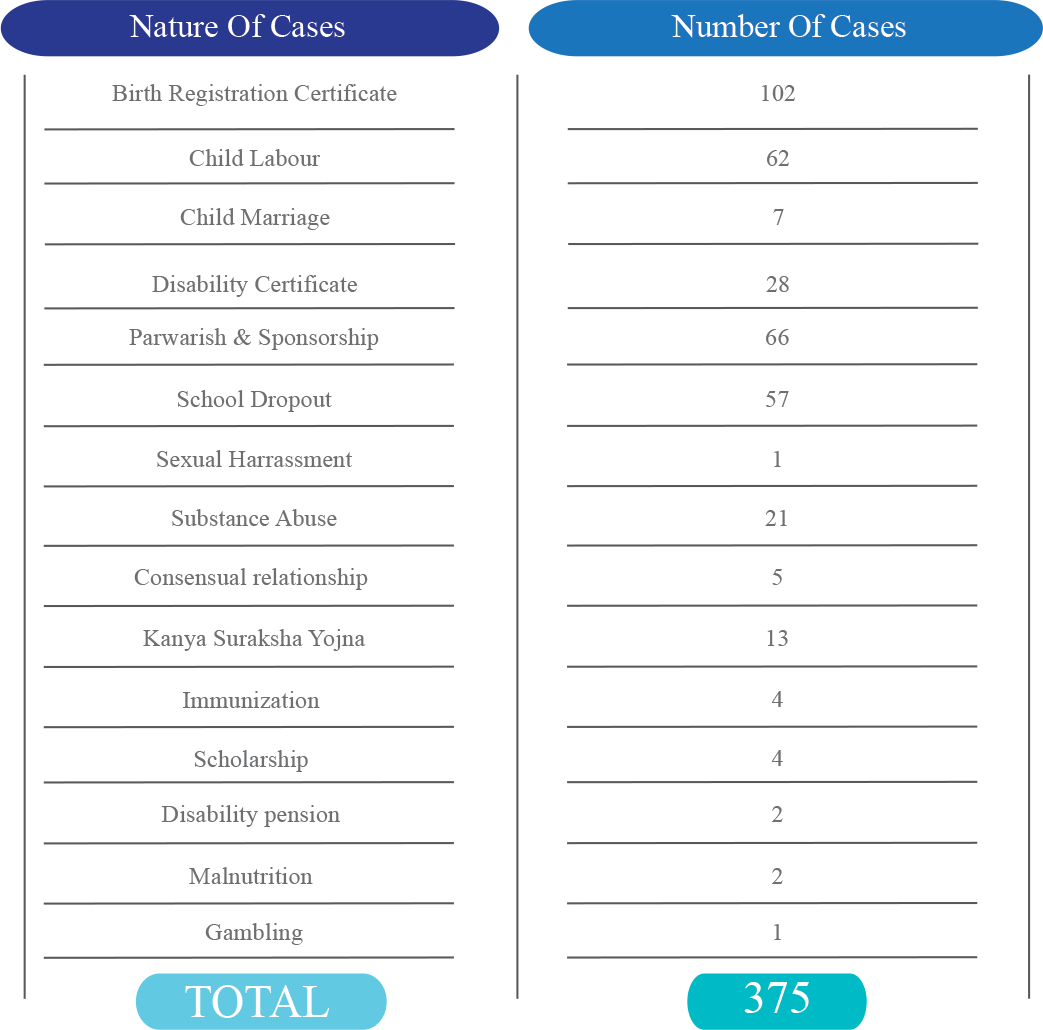
Tools
SOFTWARE TO MONITOR & MANAGE
DOCUMENTATION IN MADHUBANI
As the programme progressed and the scope of VCPCs work extended, the team was encountering difficulty to manage the monthly reports in the Excel format which was being used since the beginning of the programme. This led to the commissioning of the development of an easy to use software application for effective case management and routine functioning. The software app will be used by the block coordinators for data management, and monitoring of cases initially. The goal is to convert it to a mobile application where community members themselves would record real time data, which would help them to monitor the cases. The mobile app would be a good tool for the VCPCs to leave with to give structure to their work.
The case stories below demonstrate: keeping children safe is a constant work in progress; knowledge of the VCPC and the children’s groups have permeated widely in the community; VCPC is able to mobilize the community, PRI representatives, police; VCPC has through constant and consistent efforts has earned a place of respect in the community.
BREAKING THE CYCLE OF CHILD MARRIAGE WITH THEIR 4TH DAUGHTER
Reema Kumari completed class 10 successfully and was looking forward to her higher studies when her parents fixed her marriage. Reema was the fourth of five daughters. Stressed with the responsibility and expenses of marriage for five daughters, her parents were in a hurry. The three sisters before Reema were married when they were still children, but Reema had dreams of building a future for herself on education. She shared this information with her cousin who was an active member of the girls’ group. Reema’s cousin further shared this in the girls group meeting. The girls group called the block facilitator to seek her guidance on next course of action in this case. The facilitator advised the girls group to inform the VCPC, and to support the VCPC in the intervention. The girls group went to the VCPC and together they approached Reema’s parents to persuade them to cancel the marriage. The VCPC implored the parents to think ahead of the future of their daughter if she is educated and not limit her happiness by getting her married against her wishes. They spoke to the parents about the different ways in which child marriage can result in harm to their daughter. The VCPC also educated them about the legal age of marriage and told them that they would be acting in violation of the law. After the intervention of the VCPC, the marriage was called off. Reema went back to her studies after the incident, and is class 12 now. She plans on going to college. The VCPC keeps checking on the parents on regular intervals and they are supportive of Reema’s plans of studying further. The girls group members are in regular touch with Reema who has started participating in their meetings.
PHOOL KUMARI MARRIES THE BOY OF HER CHOICE
Phool Kumari was in a romantic relationship with a man from her village who was 23 years old. Both liked each other, and wanted to marry. Both Phool and the young man were from different castes. The girl was from Paswan caste and the man belonged to Yadav caste. They were afraid that if they shared this with their parents and other elders, they would not be allowed to get married to each other owing to the deep-rooted caste dynamics in their communities. They were also afraid that if they wait till the time Phool turns 18 years to get married, and if any of their family members learn about their relationship, they would forcibly be married off to different people. Unable to see any options out of the situation they were in, Phool and the man decided to get married in a temple just outside their village. A community member from their village saw them together in the temple and was immediately suspicious. The community member alerted the VCPC members. The VCPC members swung into action without wasting any time, and were able to stop the marriage. Some VCPC members had mobilized the parents of the children and a few other elders from the community and followed behind. The husband of the VCPC member was the Panch of the village and he played a crucial role in mobilizing the community members to discuss the matter in a peaceful manner. This was a sensitive case because of the involvement of two different castes. Phool and the young man were sent back home with their parents after being counselled by the VCPC members separately. She was 17 years old at the time this incident had happened. The young couple decided to wait and it was decided that Phool would continue her studies in the meantime. At the time this report was being prepared the couple finally got married in Madhubani district court in January 2020 as Phool turned 19 years old. The VCPC went to their house and checked the marriage certificate when they learned about marriage. They have now moved to Madhubani after their marriage
SELLING JHAALMURI INSTEAD OF GOING TO SCHOOL
Kishore Kumar was 13 years old when this case was identified. His biological mother had passed away and he was living with his father’s second wife. The father was working outside the state. The girls group members were informed by some girls from another village that they had seen Kishore Kumar of their village selling Jhaalmuri at the block. The girls group members informed the VCPC what they had found about Kishore Kumar. The VCPC members went to Kishore Kumar’s house and spoke to his mother. She said that she was not aware of this. The VCPC asked the mother to speak to Kishore and find out the details about where and with whom he was working with. When Kishore came home that evening, the mother asked him if he was working somewhere instead of going to school. Kishore was so afraid of being reprimanded by the mother that he lied to her about working. The VCPC then decided to find out the details on its own. With the help of the girls group they were able to find out that Kishore was selling jhaalmuri at the block, and he would hide his cart at someone’s place at the block every day so that nobody is able to find out that he is working. The VCPC then approached Kishore and counseled him. They told him that if he concentrated on his studies he would have many better opportunities of finding work in the future. The VCPC also spoke to his mother and asked her to keep track of Kishore so that he does not fall into working again. The mother accepted that she had not paid attention to Kishore’s studies. She also asked the VCPC to keep an eye on Kishore. The VCPC also called Kishore’s father and informed him about the incident. The father thanked the VCPC and said that he would also be more involved with Kishore. Kishore is now in class 8, and is attending school regularly.
LEARNING & DEVELOPING RJ PRACTICE
The Leher team continued to grow learning on restorative justice practices, and exploring avenues to introduce restorative practices in Leher’s work. Our team attended two training workshops in Bangalore and in Ahmedabad on restorative justice practices. Currently, the team is working on developing two areas of restorative practices: with children in residential care settings, as well as restorative spaces in communities in Madhubani. The plan is to start restorative circles in Madhubani communities, and to look to collaborate with residential care institutions to work with their staff on instituting restorative practices in the institutions. Leher conducted introductory experiential restorative circles with the Madhubani team in this year.
STRENGTHENING CHILD PROTECTION SYSTEMS IN MAHARASHTRA
The Integrated Child Protection Scheme (ICPS) has been implemented in Maharashtra since 2011. The scheme introduced non-formal voluntary citizen’s committees for child protection (VCPC) at the village, block and district with urban equivalents, where duty bearers and ordinary citizens are encouraged to come together for child protection at the community level. VCPC have potential to transform communities: attitudes, behaviour, bring protection and safety for all children, influence spending of public funds on children at the village level, support families obtain entitlements, invoke and connect upwards to the formal child protection system when necessary. Nearly 42000 out of 43665 CPCs have been formalized at the village level, and 288 out of 355 block level committees have been established across the state, however these were not functional.
Aimed at scale-up of VCPCs to as decentralized, self-sustaining community owned mechanisms a partnership was initiated in 2017 between the State Government of Maharashtra, Maharashtra State Child Protection Society, UNICEF and Leher which continued into 2018. The emphasis is to increase the child protection knowledge base and create an effective synergy between the child protection system, communities and young people through development of knowledge and to build technical competence of grassroot organizations based in Maharashtra to lead child protection work in the state.
WIDENING KNOWLEDGE BASE & TECHNICAL COMPETENCE OF GRASSROOT ORGANIZATIONS
Child Protection District Need Assessment Studies in two districts, Jalna and Yavatmal: Trained and handed over knowledge to UNICEF partner agencies (Gramin Samassya Mukti Trust and Janseva Gramin Vikas va Shikshan Pratishthan) for Yavatmal and mentored All India Institute of Local Self Government (AIILSG) to conduct the DNA for Jalna.
VIRTUAL COMPANION FOR VILLAGE CHILD PROTECTION COMMITTEES
Recognizing a significant resource in the inherent inclination of families and communities to nurture their children, and the use social networking technology to reach people, an experimental piece of work was initiated, an audio visual ‘virtual companion’ (kit) for communities including 8 films and 5 IEC materials -- to equip child protection committees at the village (VCPCs) with technical knowledge, information and skills.
IEC AIDS & TOOLS FOR THE COMMUNITY
(a) Participatory tool covering 20 child protection issues (child labour, child marriage, substance abuse, corporal punishment etc) to help VCPC to undertake identification of issues prevalent in their village based on their own perspectives. (b) Child protection issue information cards to reflect deeper on child protection issues (c) Ready Reckoner for VCPC (d) Role and work of VCPC in audio song format (e) Child protection system wall size poster (f) Training manual VCPC/community trainers.
-
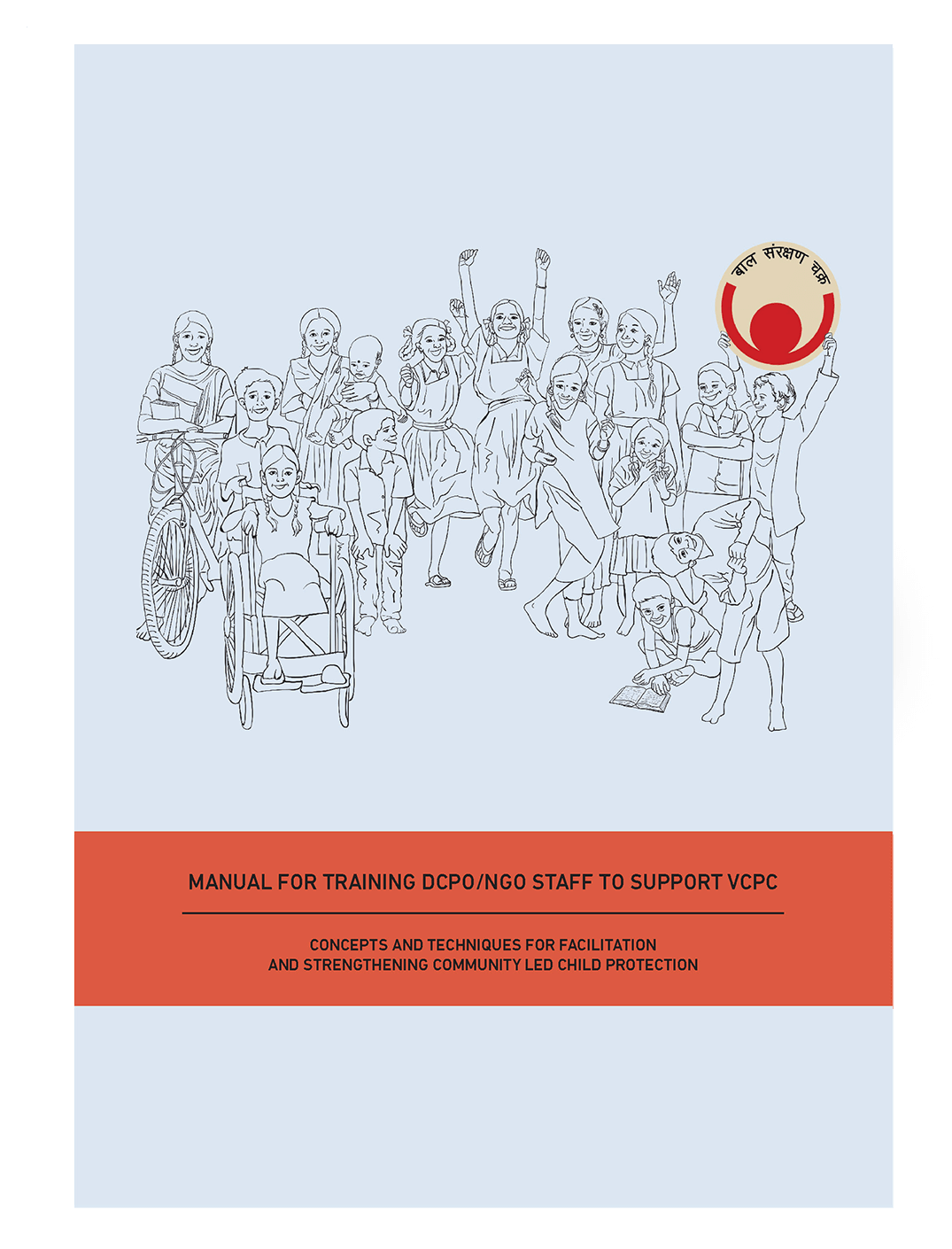 Manual on child rights
Manual on child rights
-
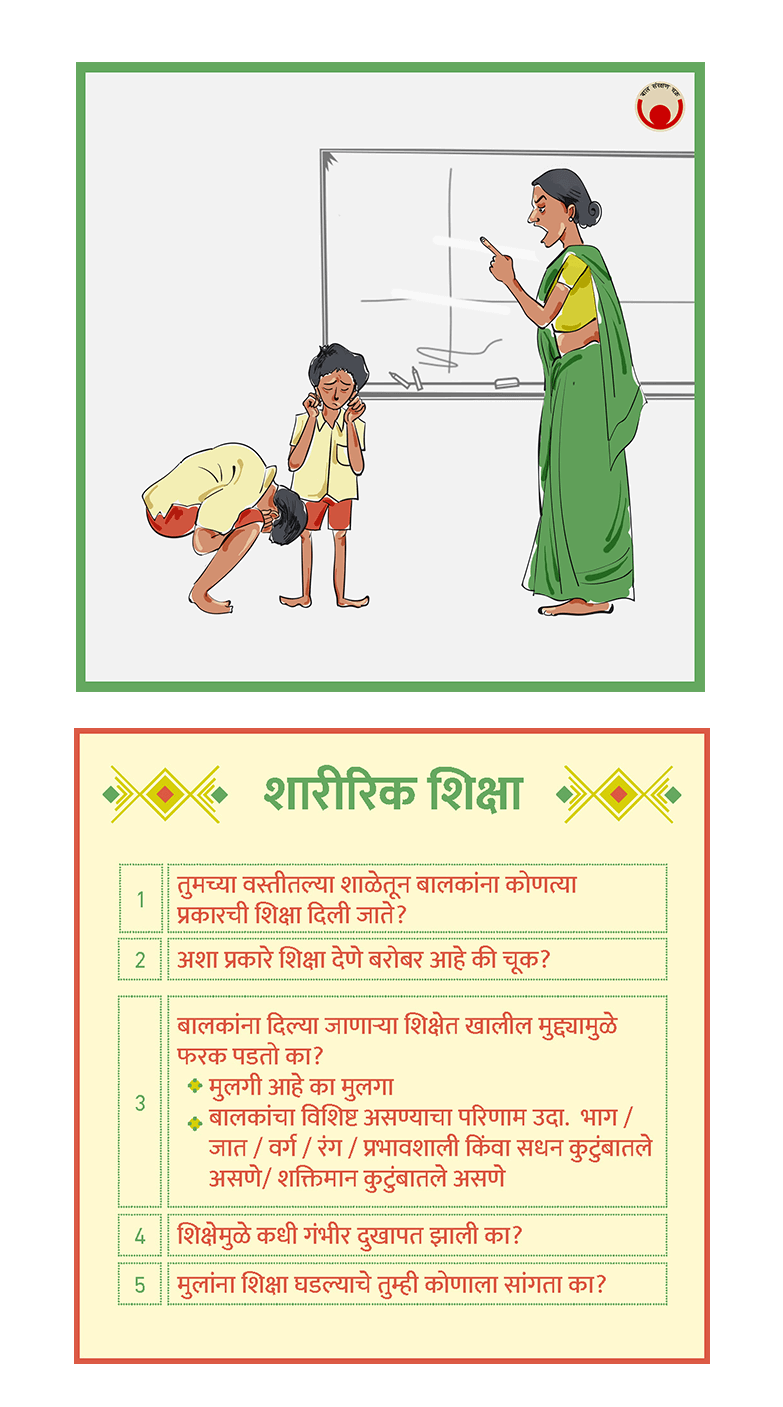 Child rights card illustrations
Child rights card illustrations
-
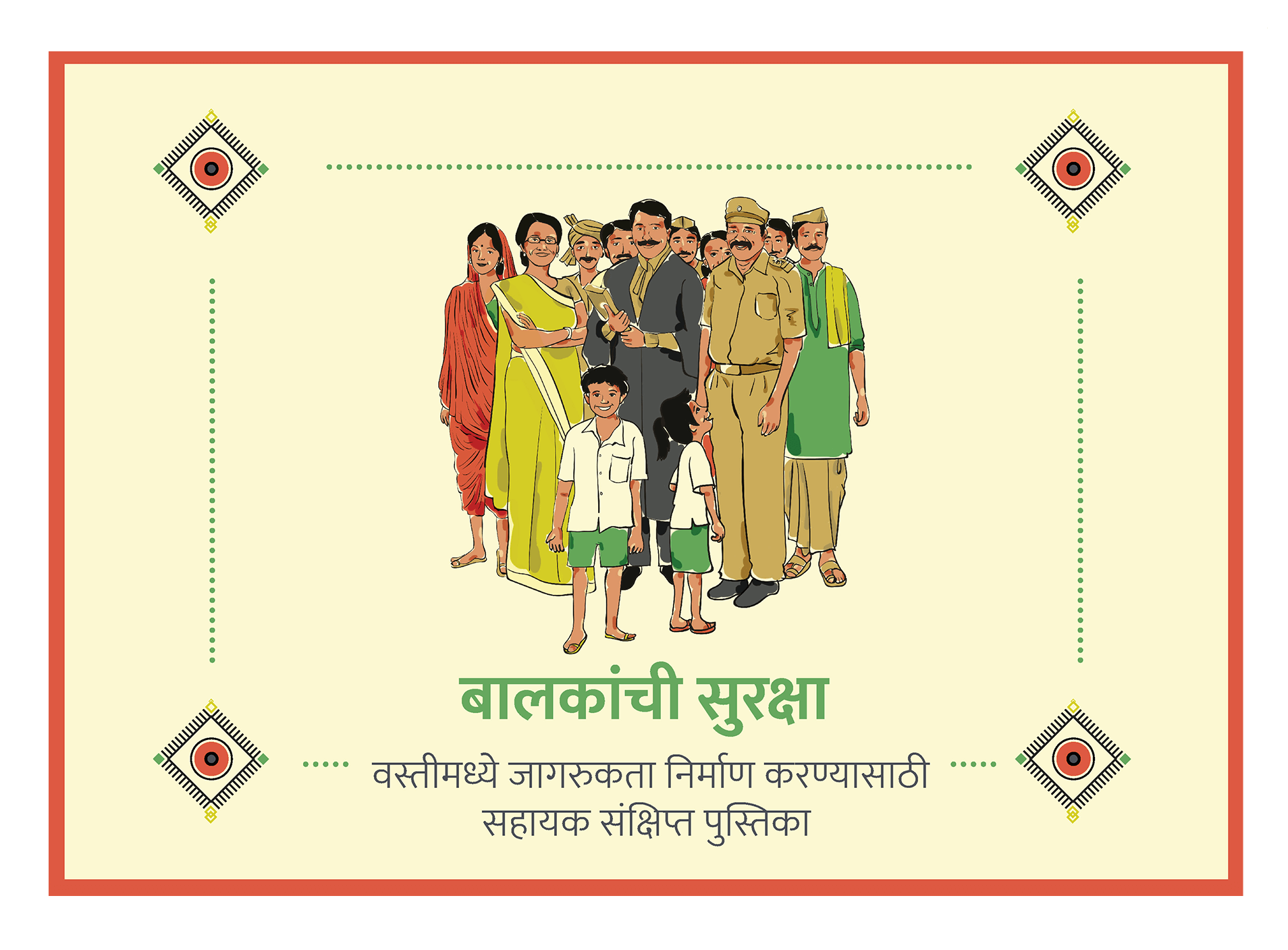 Flip Charts
Flip Charts
REWRITING THE CHILD
PROTECTION DISCOURSE
In 2013, we started by asking ourselves a question we didn’t have an answer to: Is it really possible to create a community of child rights ambassadors who cohesively build and sustain a culture of child protection? Is it really possible to change attitudes and actions towards a group of people that is so important and yet so ignored? From short and long campaigns, blogs and doodles, infographics and interviews, collaborations and collectives, Leher has been working to steadily rewrite the discourse on child protection in India, by putting children at the centre of every conversation.
CAMPAIGNS
From ending child trafficking, learning about street children through their real-life stories, voting for the rights of children in the upcoming elections, understanding the lives of children in context to the housing crisis, we worked on multi-stakeholder campaigns and initiatives at difference scales, using real stories, creative ingenuity, and new digital tools to transform public attitudes towards childhoods.
Today, girls are changing the story. Smiling, confident and energetic, adolescent girls across India are breaking stereotypes, battling age old mindsets, challenging traditional roles, benchmarking their own standards, building a life away from discrimination, violence and neglect. From our field action project in Madhubani, Bihar, we brought stories of girls whose new thoughts and actions are slowly gathering steam, translating into social, economic and political independence and proving (against popular belief) that adolescence is an age of opportunity.
-
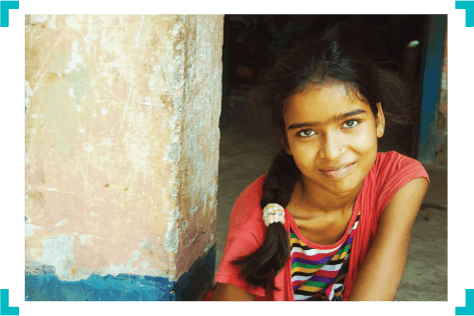 Chandni
Chandni
-
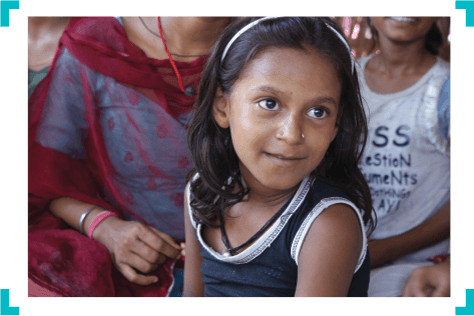 Gunjan
Gunjan
-
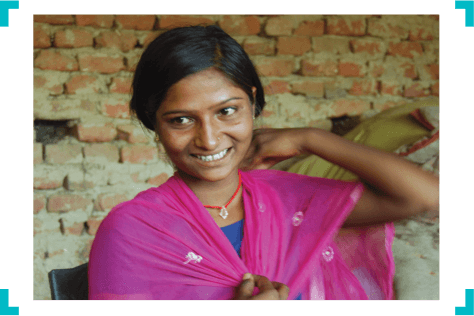 Satyavati
Satyavati
-
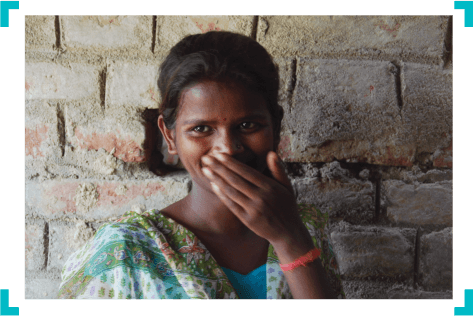 Radha
Radha
-
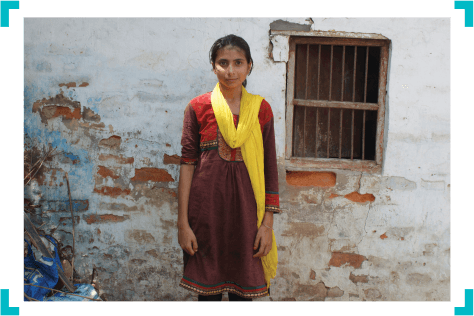 Rakhi
Rakhi
-
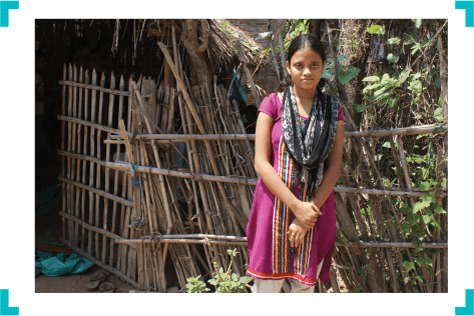 Shruti
Shruti
For World Day Against Trafficking, in collaboration with organizations leading the fight against trafficking in India, we spoke with experts, activists and campaigners on how to prevent child trafficking, understanding new innovations, personal stories, their learnings and reflections for the way forward.
When it comes to Indian football, states like West Bengal, Goa and Kerala often bag the limelight. However, the U-17 World Cup in 2018 saw 8 out of 21 players from the north-eastern states of India. We spoke to young footballers in Guwahati, Assam as they watched their favourite teams play in Moscow.
As the world’s largest election began, and India went to vote, children at the cusp of adulthood shared their thoughts, opinions and demands from the Government.
In collaboration with Youth for Unity and Voluntary Action – YUVA, Uprooted Childhoods was a co-anchored campaign, designed to spark dialogue on a critical yet oft invisibilised concern—the views of children on housing. The campaign drew from YUVA’s in-depth interventions with children over the years across cities, and Leher’s focus and commitment to child rights, with a preventive approach towards child protection.
Children’s real-life stories, voices and narratives are the best advocacy tool for their rights and protection. Using storytelling as a tool for social change, we built our existing Little Humans platform by deepening engagement with not only children, but development sector organizations, writers, photographers and volunteers too.
What happens when you set up a skatepark in a remote village in rural Madhya Pradesh? It disrupts the status quo. What unfolded in Janwaar was against the mainstream...it became about disobedience, resilience, and finding your own way...everything the village did not represent. In collaboration with Janwaar Castle, we heard incredible stories of change, of Little Humans turned change makers Rural Changemakers, uplifting the lives of an entire community, taking lead and becoming role models for many others.
Society’s understanding of issues related to child protection has been inadequate. For some sections of society, the notion of childhood is so far removed from reality that it is barely relatable. Others are overwhelmed by other daunting social issues, leaving them either helpless or apathetic. The result we saw was adverse incidents unite people for children, but only momentarily. As soon as the fire dies out, so does the conversation. We realised it was time for a slow, sustainable public engagement initiative that engaged people for the long term.
SNEAK PEAK
THE MINOR PROJECT
In collaboration with UNICEF India, we realized the need for a movement that mobilises young advocates from various domains in a collective effort to create awareness about, and build sensitivity towards the matter of child safety and protection. In 2018-19 we began our journey to design and develop a public engagement initiative for safe and protected childhoods. Here’s a sneak peak of some of the co-created content developed.
CONVERSATION
The urgency of current times demands new thinking. As vehicles of public discourse emerge, so does the need to better articulate, nurture and widen conversations for keeping children safe. To address some of the most challenging issues faced by children, we wrote on varied subjects, in myriad formats to continue engaging with our audiences.
From conversations on children at the world economic forum, contemporary podcasts for young adults, photographers covering children’s issues across the world, to understanding millennials through magazine covers, we’ve worked to introduce conversations on the rights of children, across different topics.
BLOG SERIES
Our blog series have gained popularity over the years, encouraging young writers and students to contribute to series on books for children to read, recognizing youth activists working for children amongst others.
While Leher’s first doodle was created years ago, the idea of decorating Leher’s logo with doodles to celebrate milestone days or share our perspective on different current issues, came about much later. From celebrating girls in science, youth day to world refugee day, the use of Leher doodles went up exponentially in 2018-19.
CATALYSING
COLLABORATIONS
“Let’s pull together,” has always been the spirit that drives our work at Leher. It has been with the objective to build a network of child rights ambassadors that Leher has initiated content and campaigns. From cross linking work of other development challenges with children’s issues through opinions and perspectives of individual writers and journalists, interviews and conversations with experts from the field sharing their first-hand learnings, experience and solutions, streamlining photographers and visual storytellers to bring to life the real stories of children, to working with young volunteers who will grow up to champion the cause of child rights… we believe that catalylsing collaborations and partnerships is the way forward for creating communities that are together for children.
Tapping the inborn storyteller in every person, Leher created a platform that inspires and nurtures new conversations, demystifies notions, presents varied points of view, to motivate people to think, talk and write about children’s issues in their contexts.
MEET THE STORYTELLERS
Concerned about the rights of children, mothers and authors, social workers and journalists, became storytellers, to share their thoughts and opinions.
Havovi Wadia is CEO, Save The Children India. She has worked at the intersections of children’s rights, programme development and Monitoring & Evaluation for over 14 years. Her career path includes stints at CRY (Child Rights and You), Praxis – Institute for Participatory Practices, and Magic Bus.
Sanskrita Bharadwaj is a young freelance journalist from Assam. She has previously worked with Aleph Book Company, Governance Now Magazine and Hindustan Times, Chandigarh
Gayatri Babbar is a mother, a professional and active community citizen concerned with children’s issues
Valay Singh is an independent journalist based in Delhi. He began his career with NDTV 24×7 as a researcher and editor, and has been widely published across leading publications in the country.
TALK
In order to achieve a pervasive and profound influence on national and international legislation, policy and programmes, public and private institutions, families, communities and individuals we cannot ignore the crosscutting nature of child rights with other development challenges. That’s why we heard from experts.
INTERVIEWS & OPINIONS
From trafficking, housing to tribal rights, we spoke with experts across the development sector to understand how and why development must be carefully plotted out vis a vis the rights of children.
PHOTOGRAPHY
COLLECTIVE
Photographers and photojournalists as we know it have had a significant impact on the way children relate to and understand children. Bringing together this community for the sake of children, helps give perspective and dimensions to children’s issues that are often not readily consumed by audiences.
THE RISE OF THE PHOTO COMMUNITY
The photography community has been particularly interested and active in documenting the lives of children through their work. It is through efforts to engage this community that resulted in many children’s issues reaching new audiences.
SPEAK
From volunteering virtually, locally and remotely, our community of volunteers include a diverse set of individuals, passionate about using their skills and creative energies to better the lives of children.
From writing blogs, drawing comic strips, writing stories of children to documenting photoessays and insta stories, volunteers took on work to push the child rights discourse in a multitude of formats.
WE LOVE OUR VOLUNTEERS!
Volunteering with Leher, I started to recognise the power, the rights and the purpose of the voice of the youth/children in our country. Being a teenager I was able to relate with their point of view. I was also able to connect with the personal stories of various underprivileged children. I was startled and touched, to hear about their aspirations, regimes and perspectives of life. My favourite experience was interviewing The ‘Girls of Mukkamaar,’ for International girl child day who were so full of enthusiasm and passion for Martial ARTS. Just getting to know and spending time with them made me feel contented and inspired.
2019 has been such an eventful year for children. Be it the children voicingtheir thoughts and ideas during General Election or cheering for their favourite team atthe Cricket World Cup, or keeping their fingers crossed to see their favourite superhero win the Avengers: Endgame final battle. With Leher’s Little Humans Campaign, I got a chance to create interesting photo stories of children! And believe me, you all will be amazed to discover a plethora of thoughts blooming in these little minds. I am grateful to be a part of this initiative.
BALANCE SHEET AT OF 31ST MARCH 2019

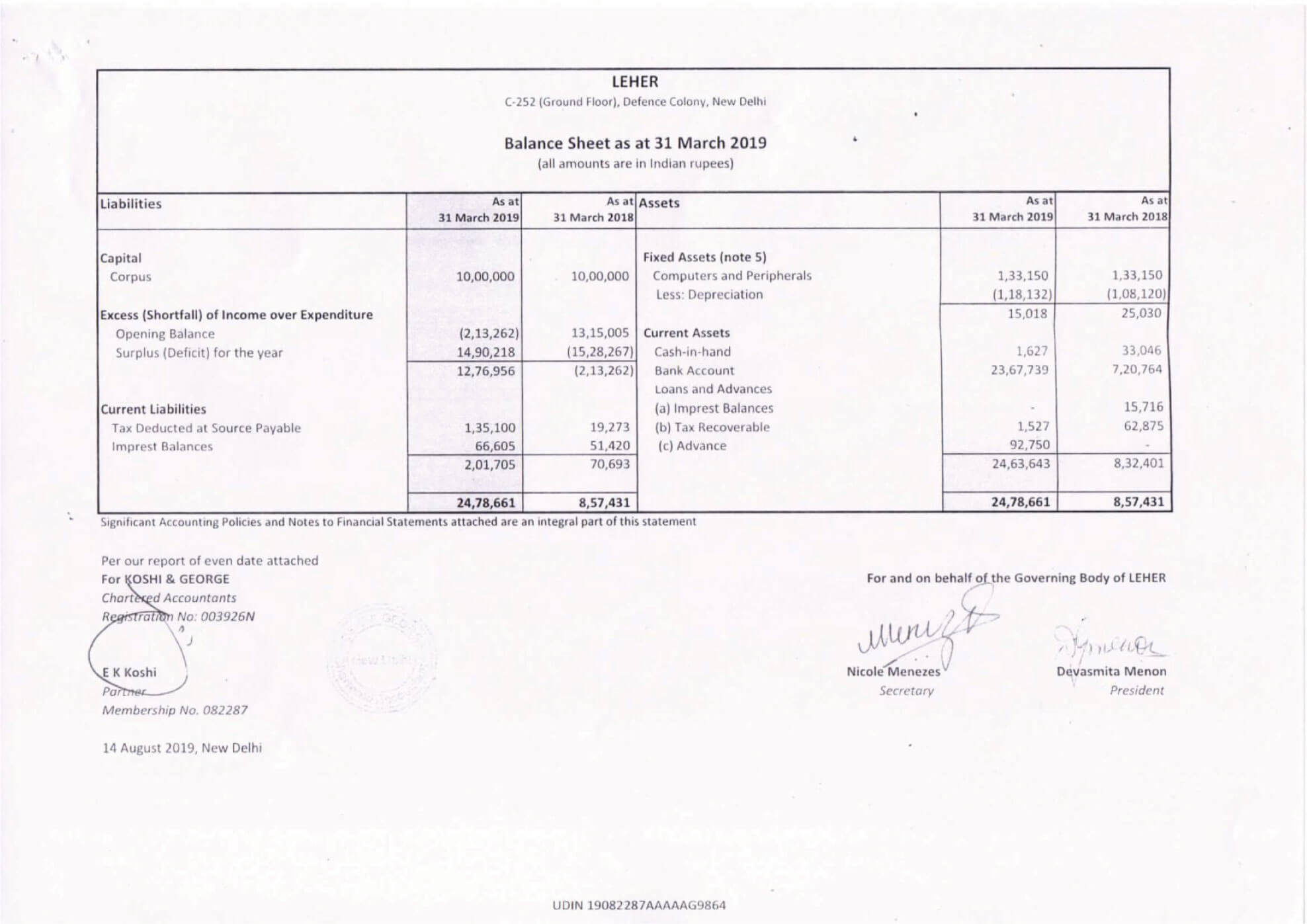
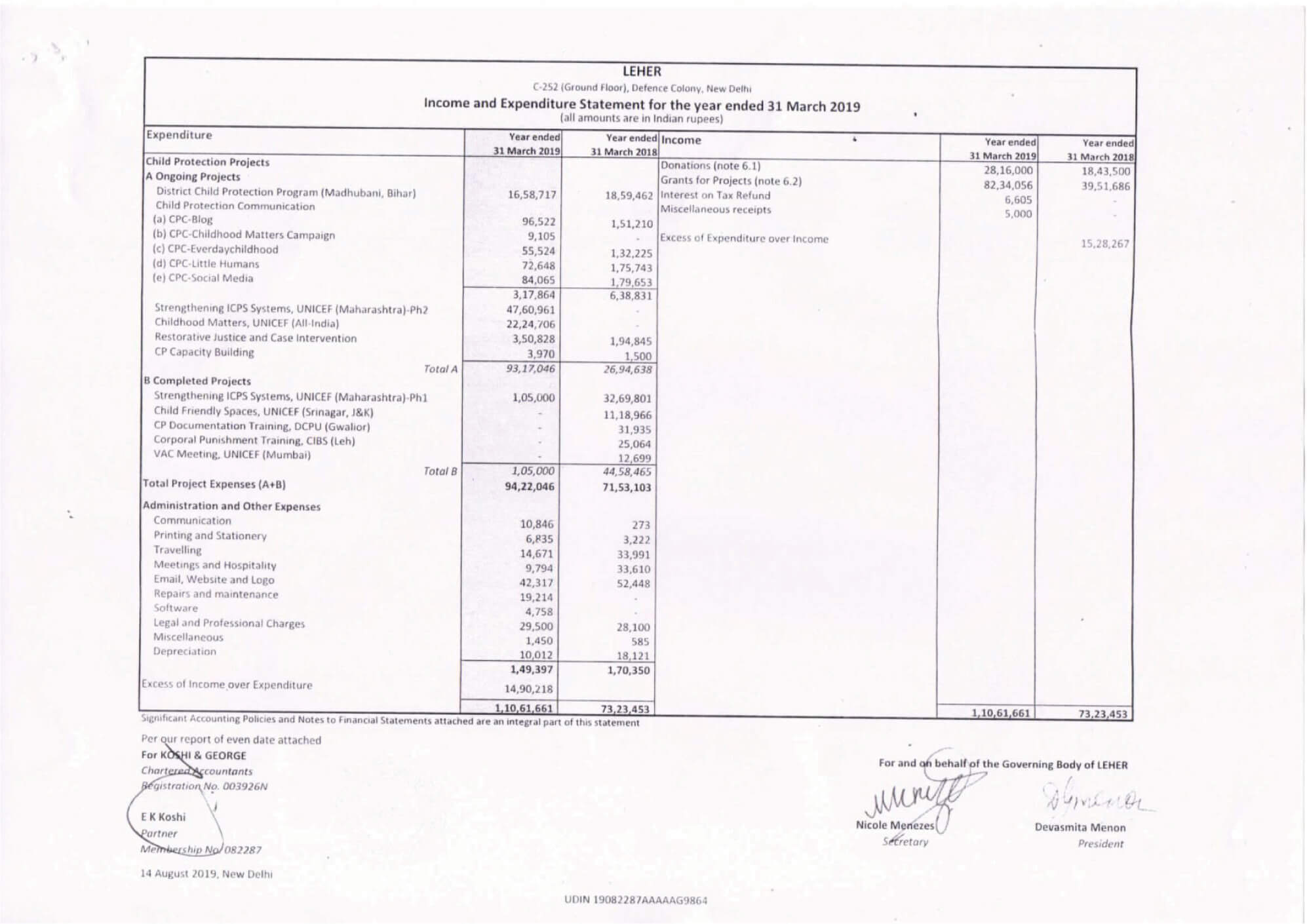

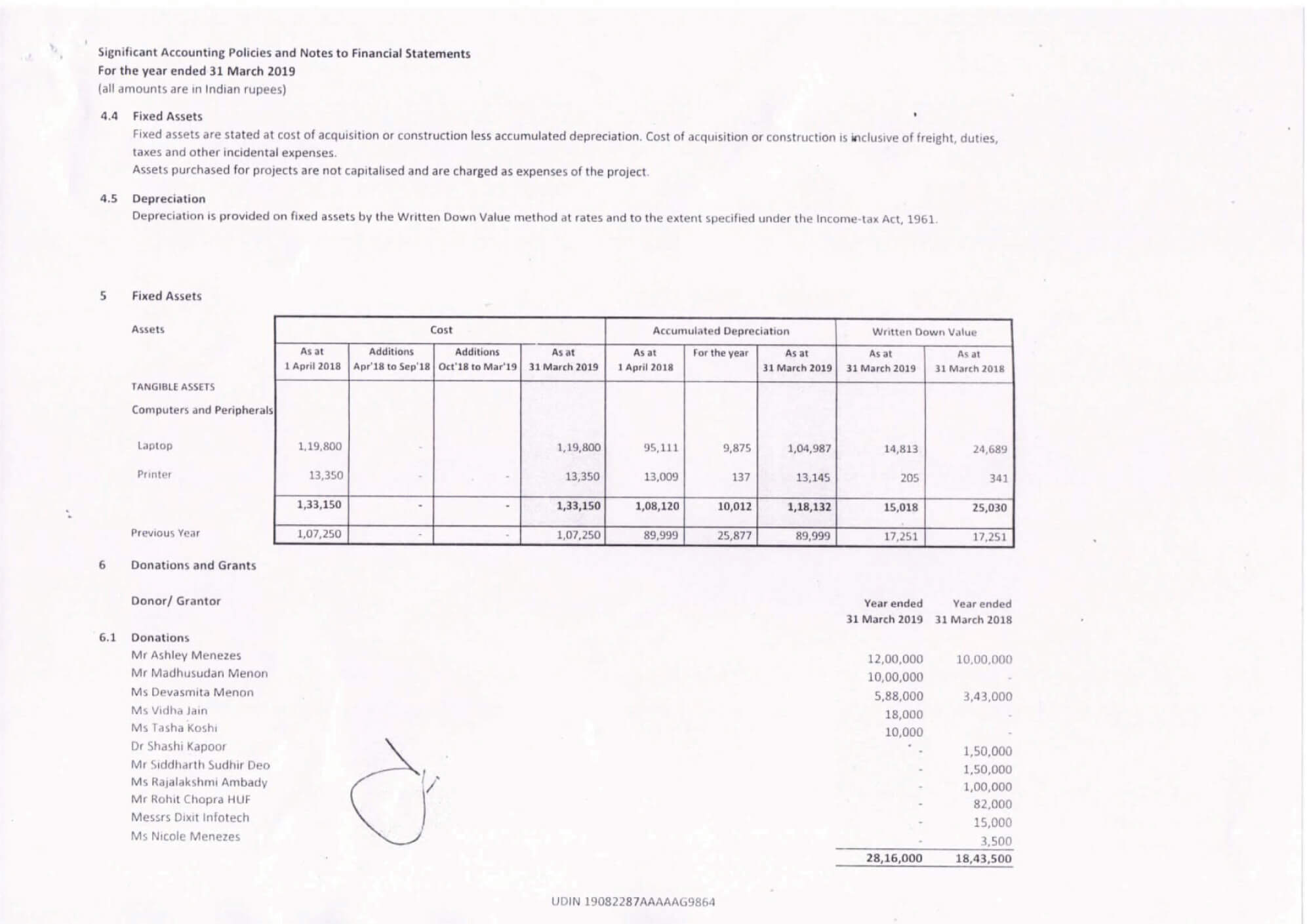
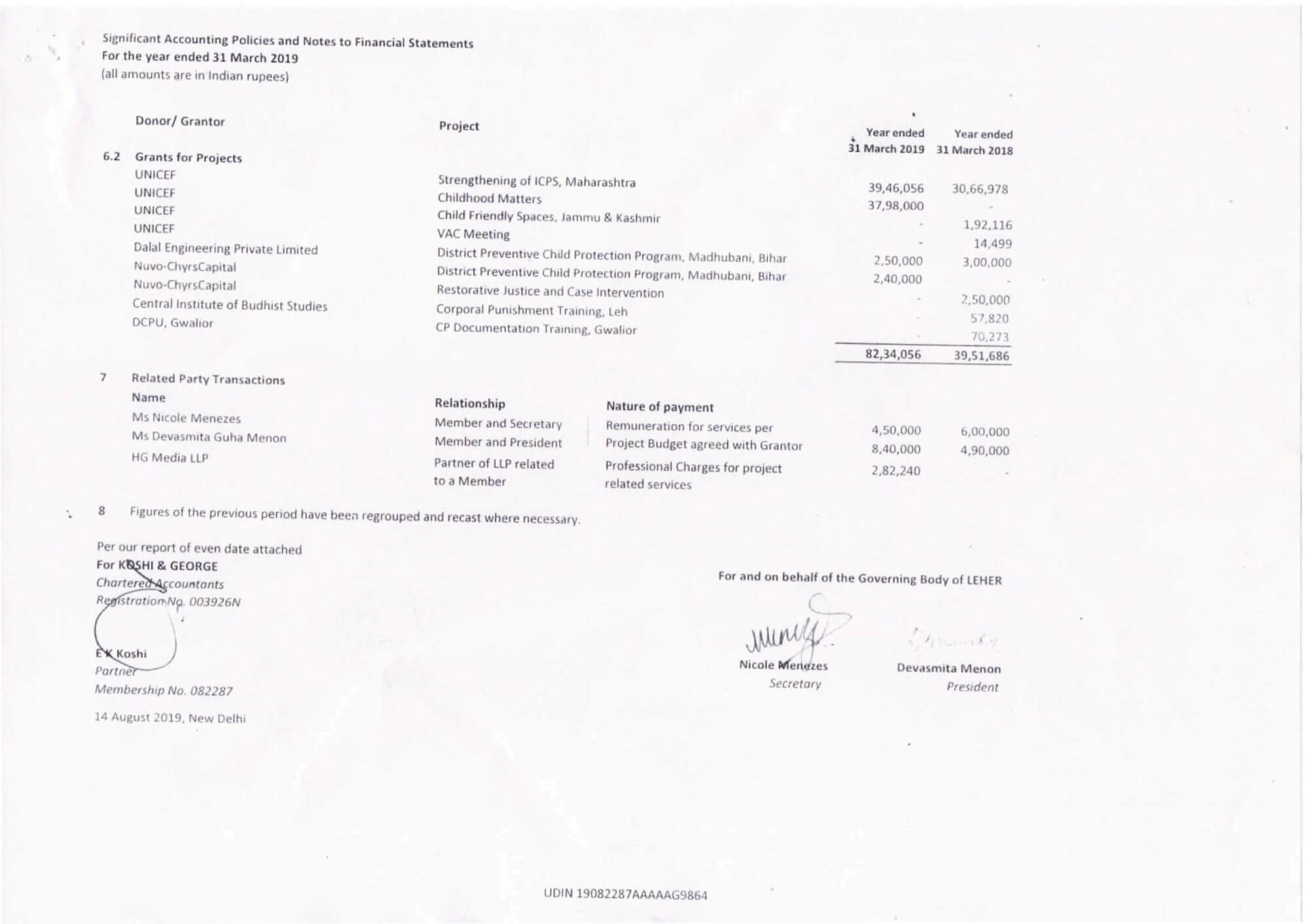
SUPPORTERS
- UNICEF
- Dalal Engineering Private Limited
- Nuvo-ChyrsCapital
- Central Institute of Budhist Studies
- Ms.Vidhi Jain
- Ms.Tasha Koshi
- Dr.Shashi Kapoor
- Ms.Rajalakshmi Amabady
- Mr. Rohit Chopra HUF
- Messrs Dixit Infotech
- Koshi & George Chartered Accountants
- Connectfor
- Madhuri Vaidya
- Shristi Ratna
- Jia Doshi
- Vipul S Kumar
- Punya Datar
- Kosal Kanakia
- Kanika Prasad Gupta

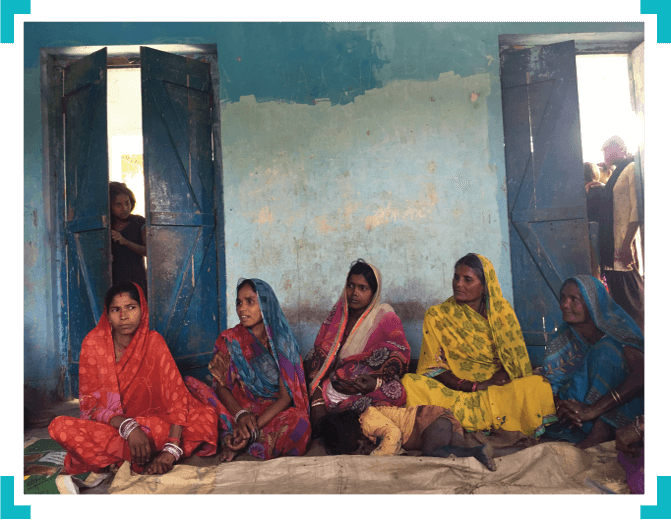
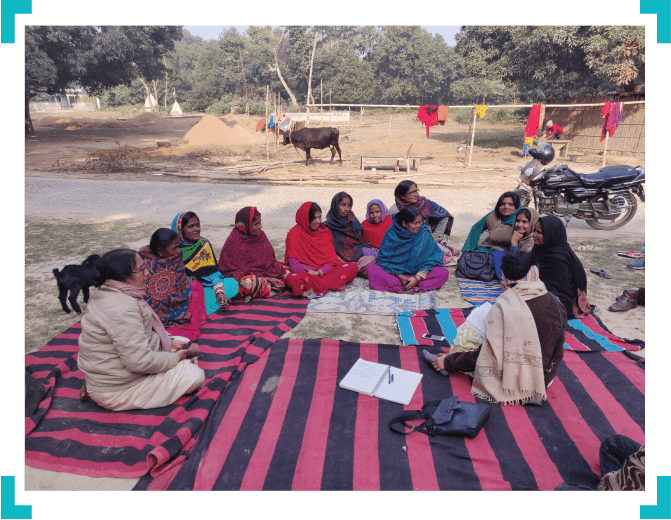
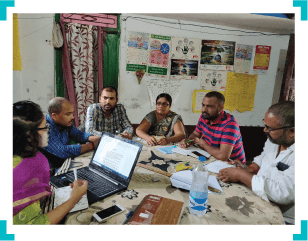
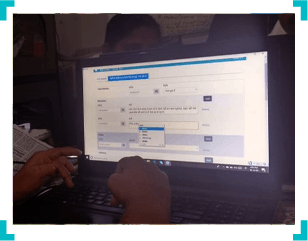
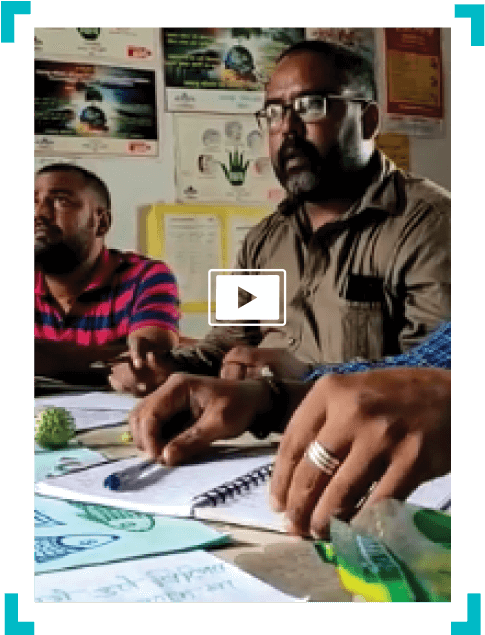
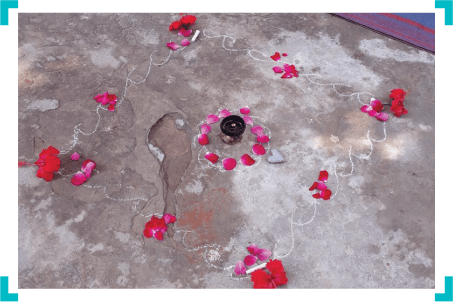
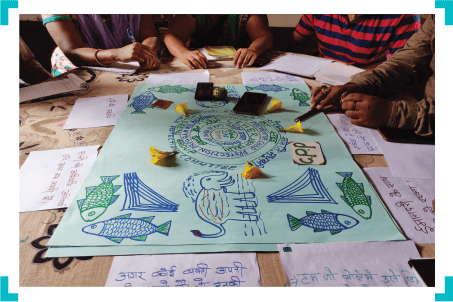
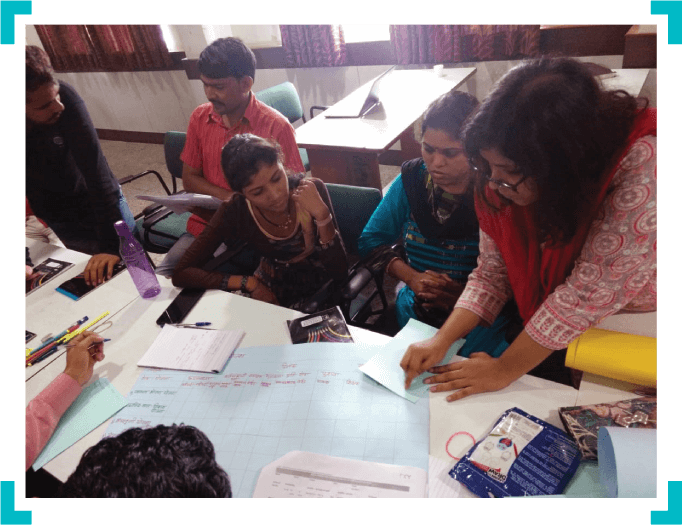
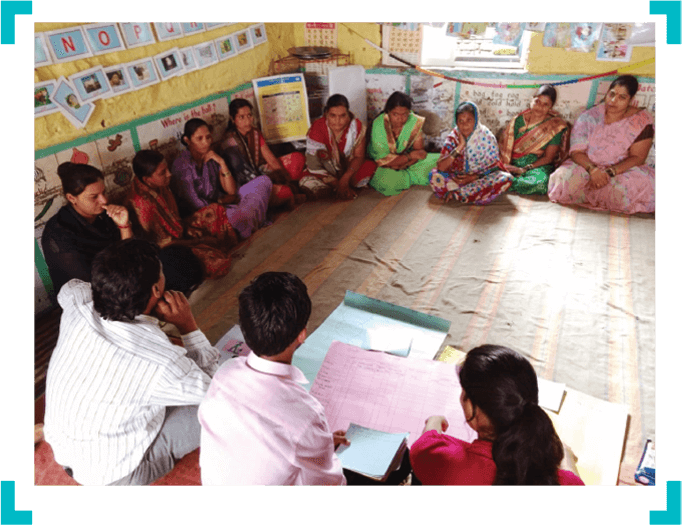
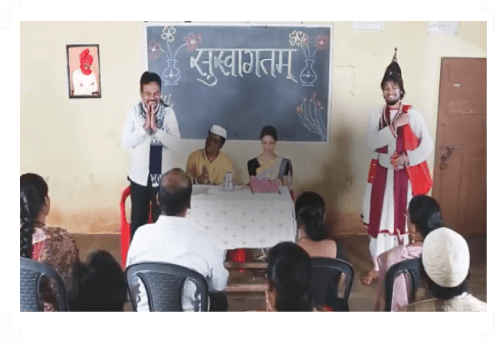
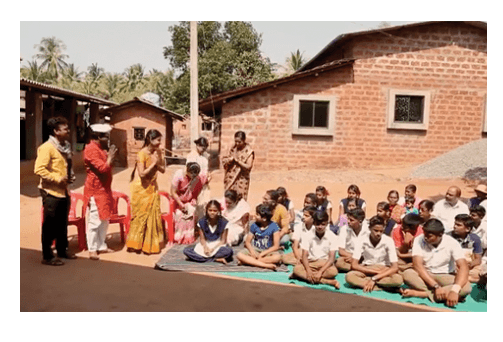
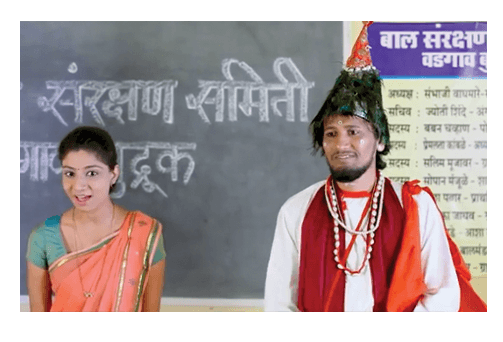
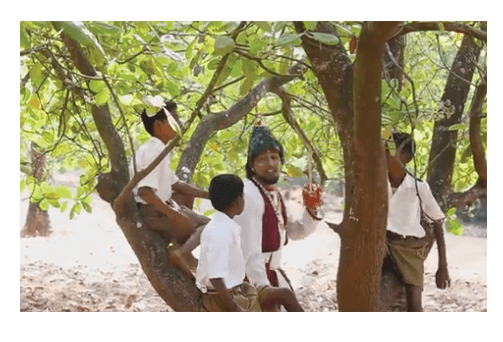
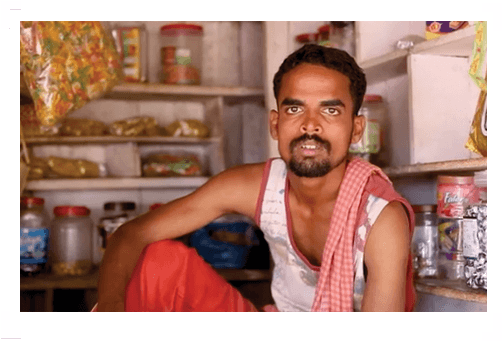
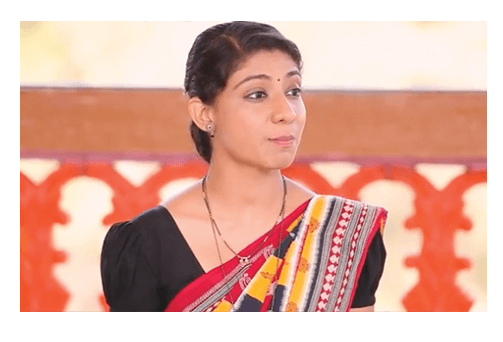
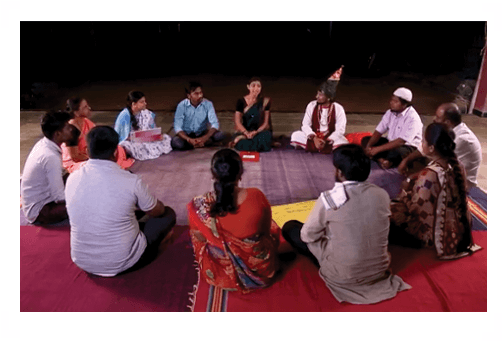

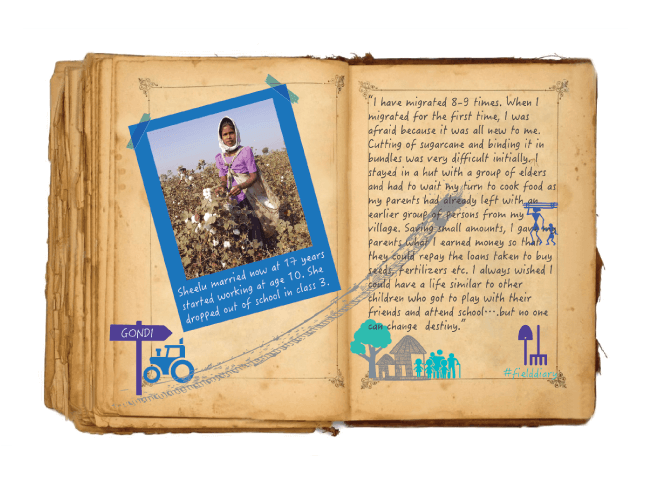
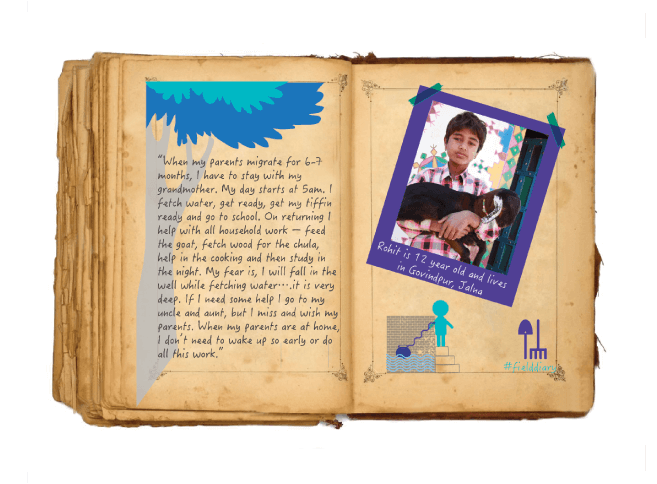

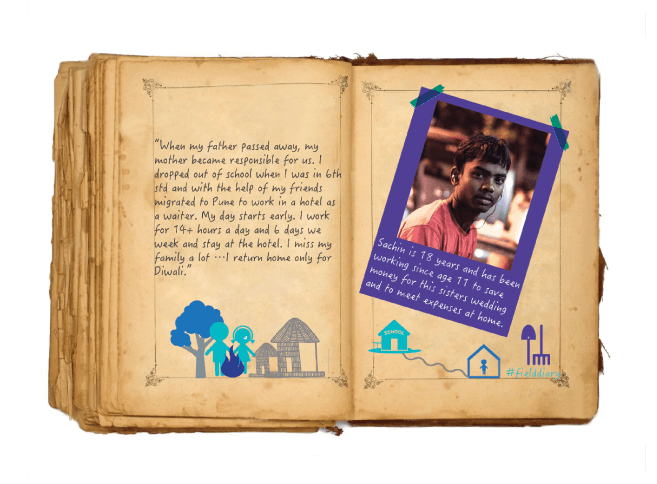
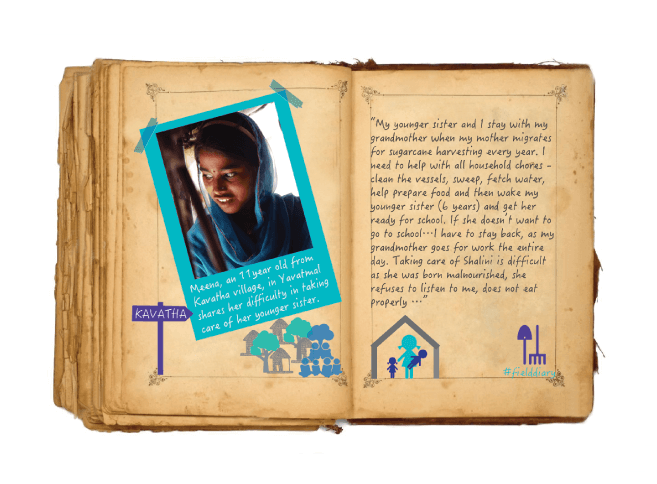
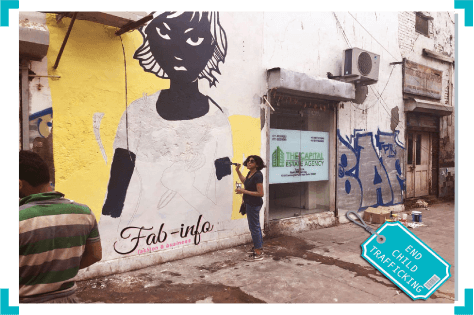
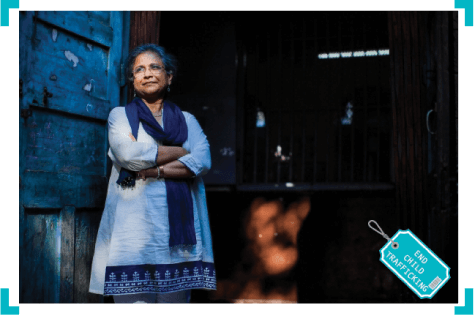
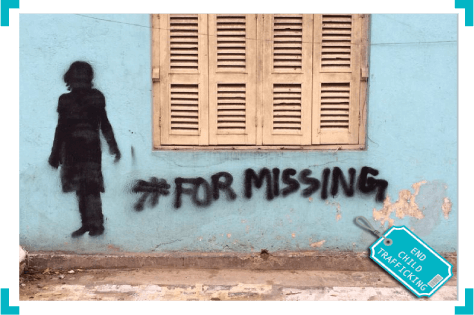
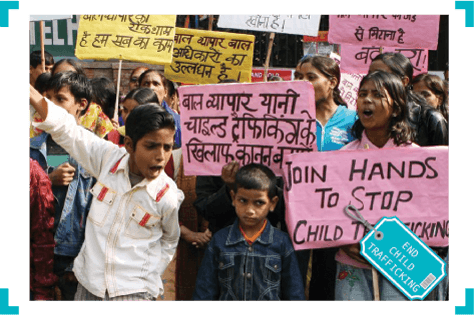
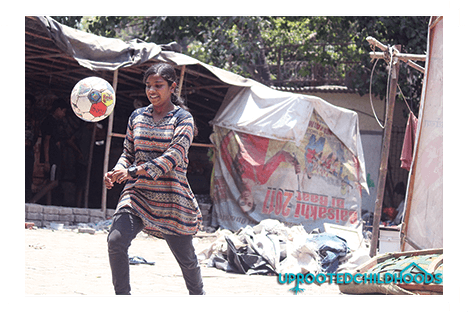
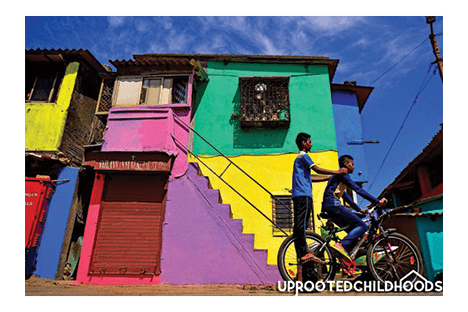
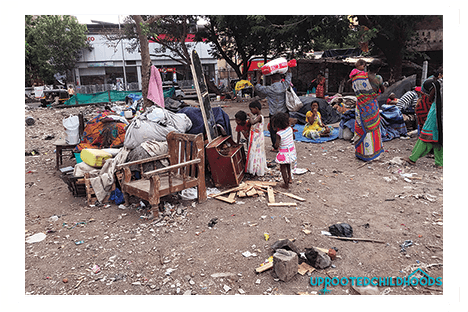
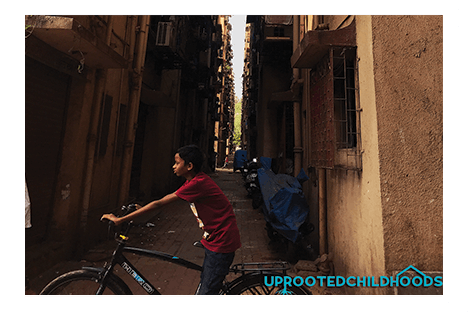
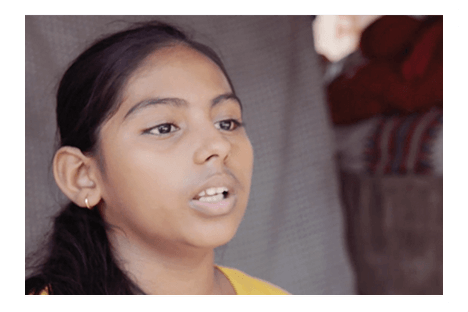
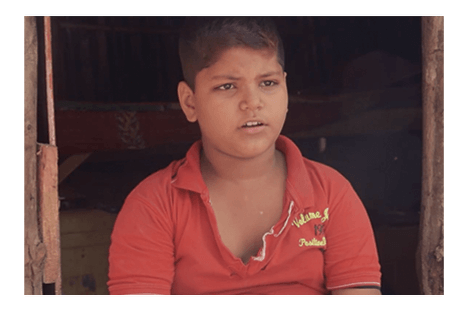
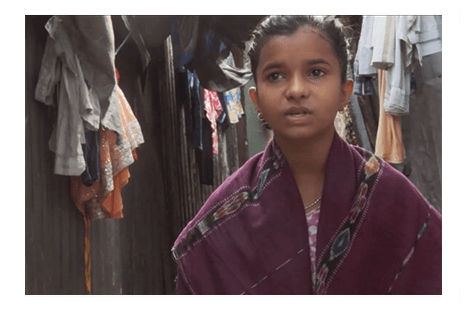
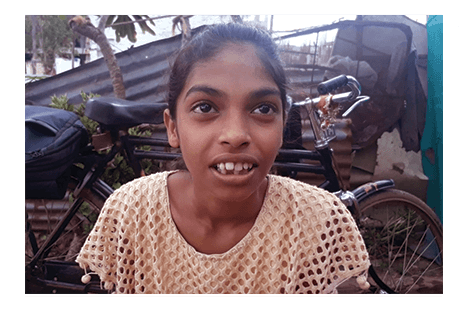
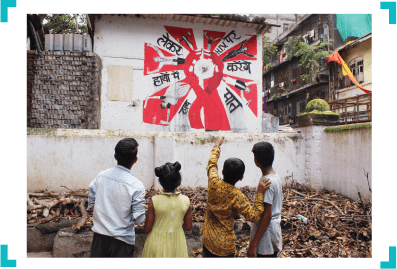
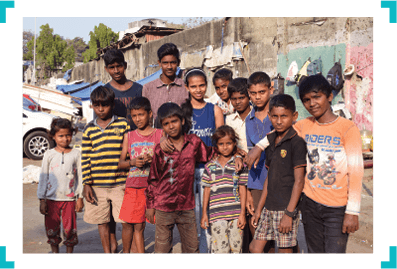
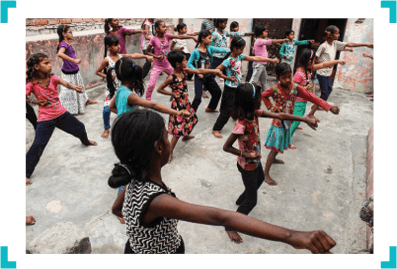
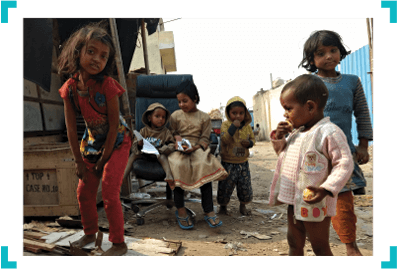
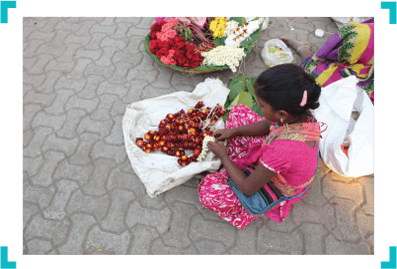
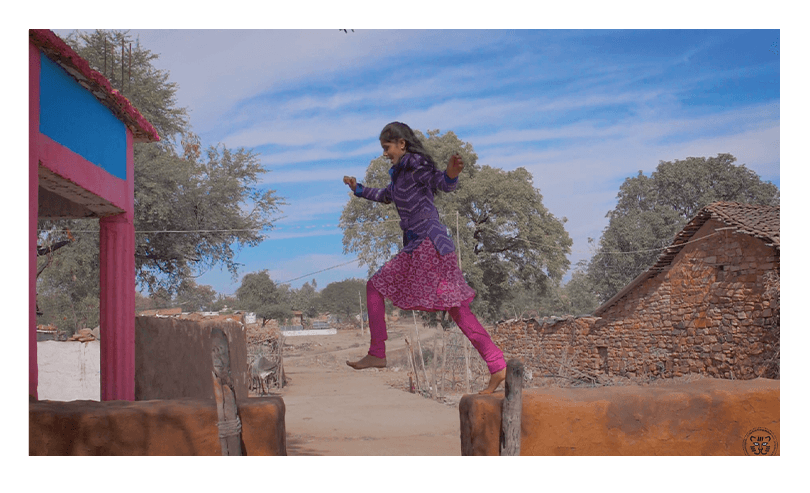
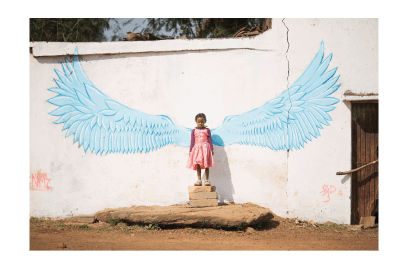
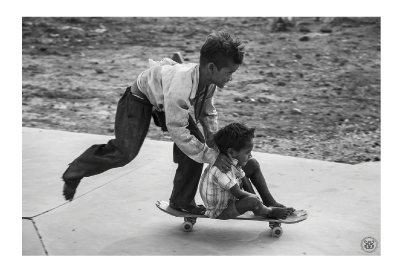
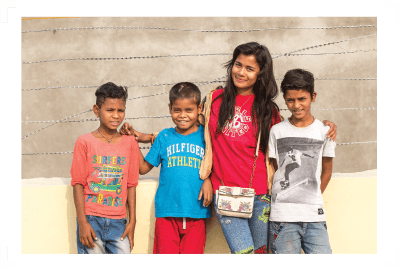
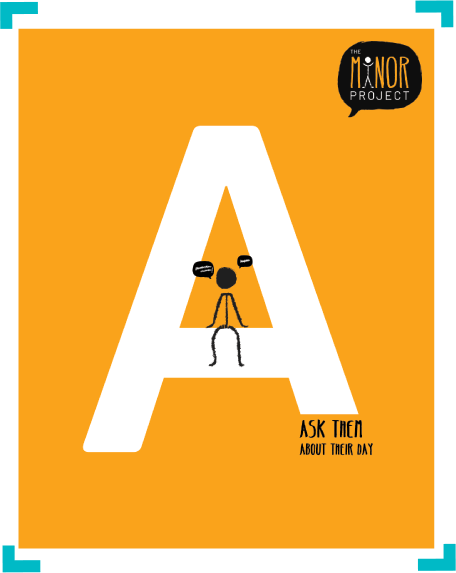

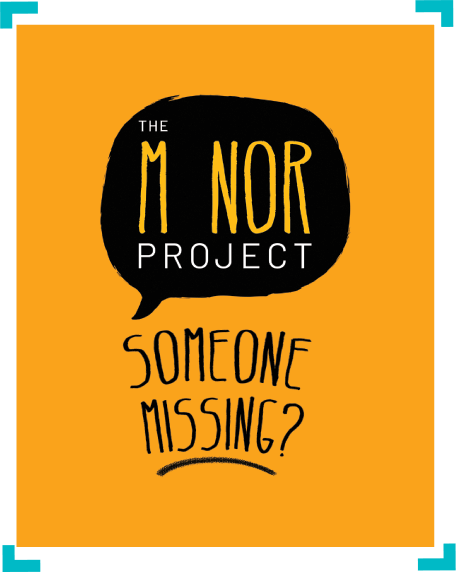
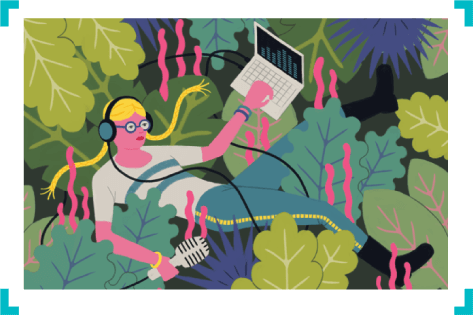

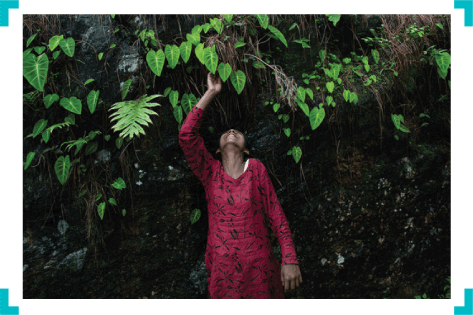
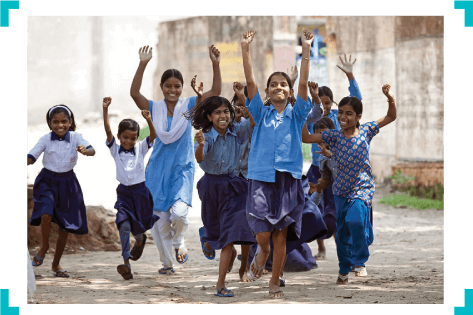
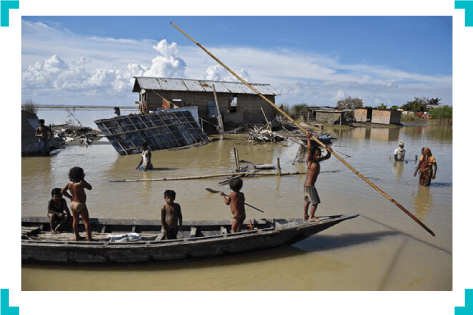
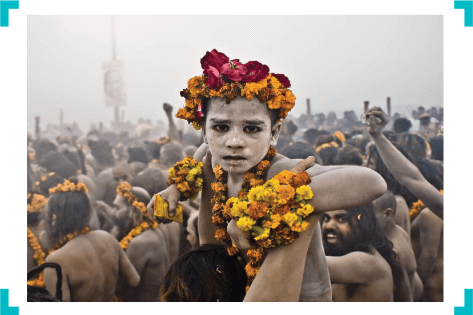
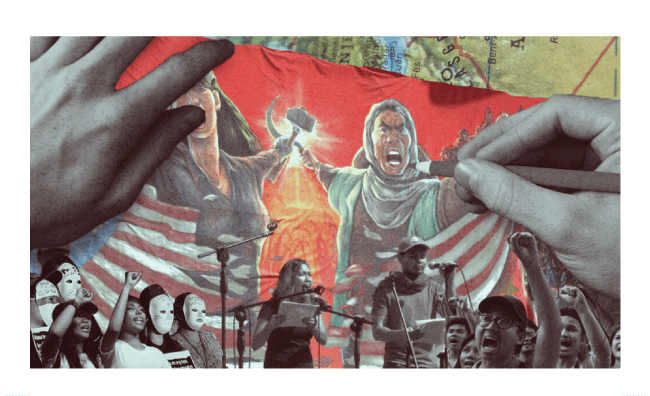

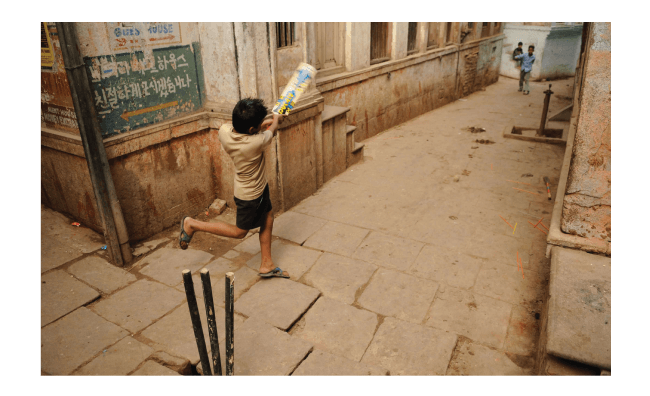
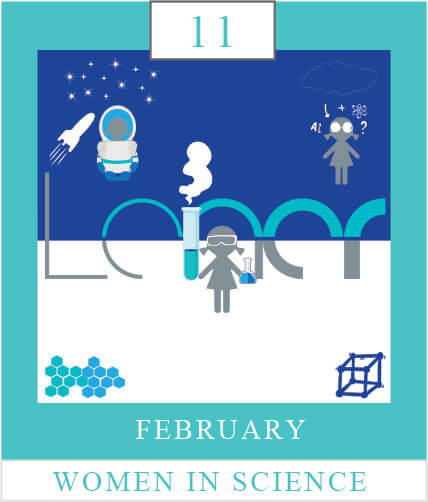

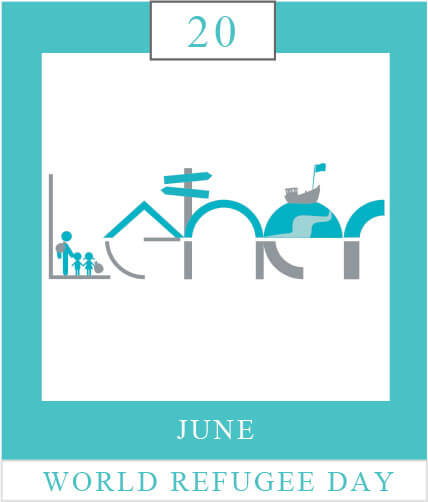
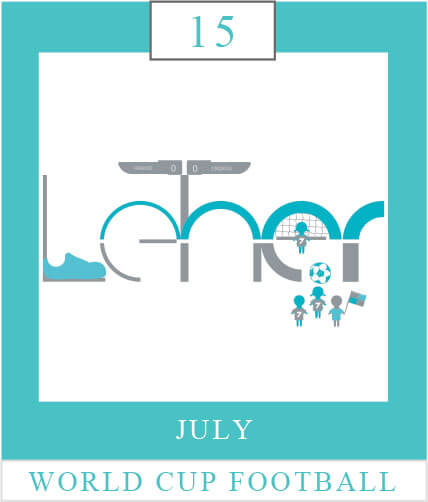
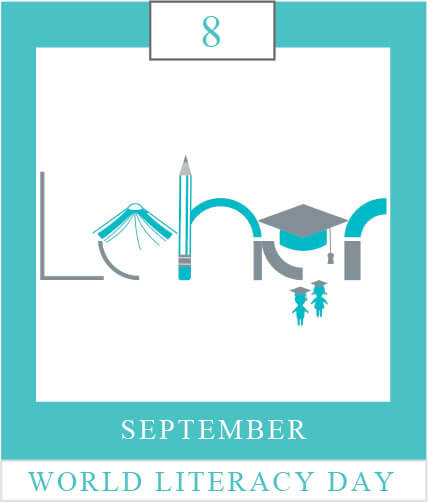
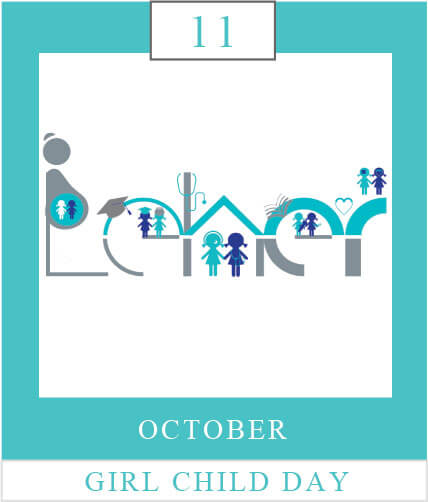
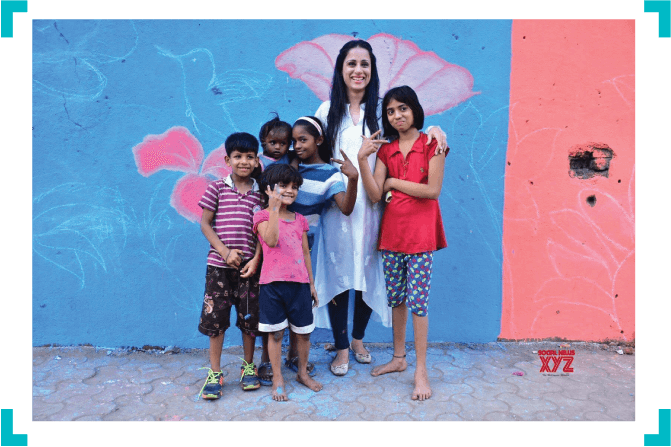
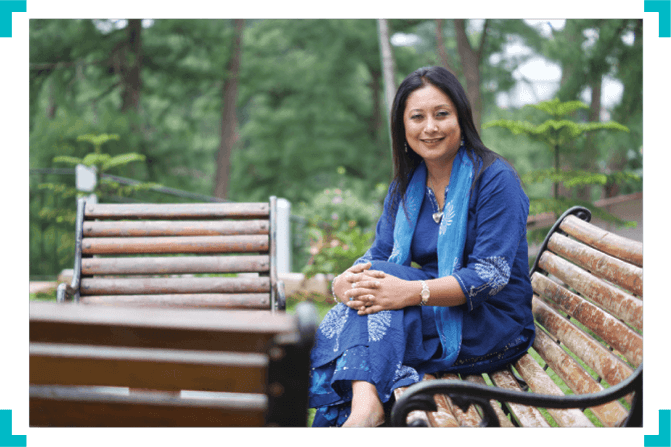
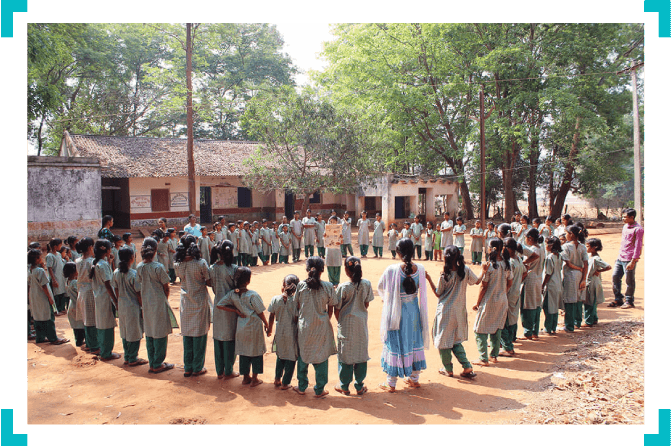
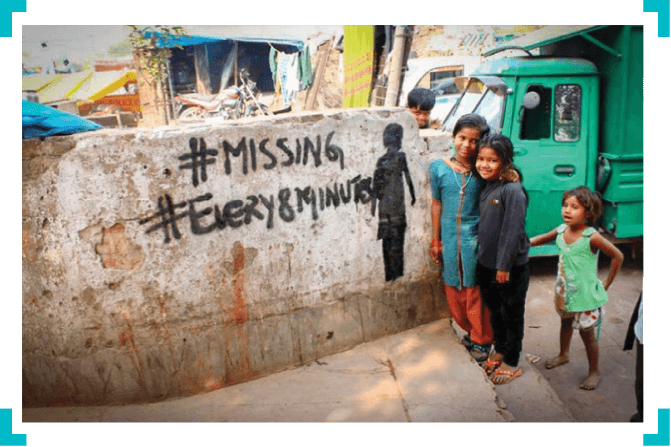
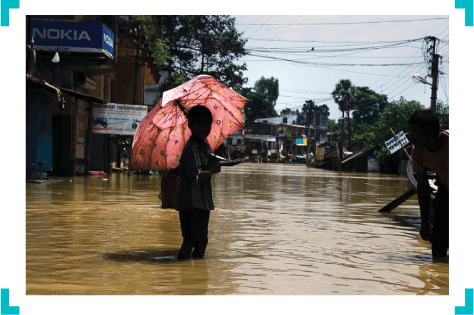

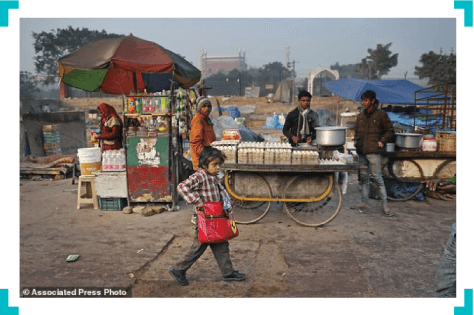
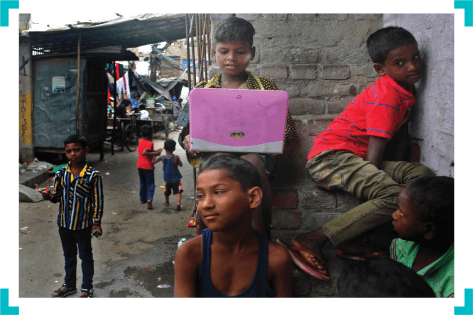
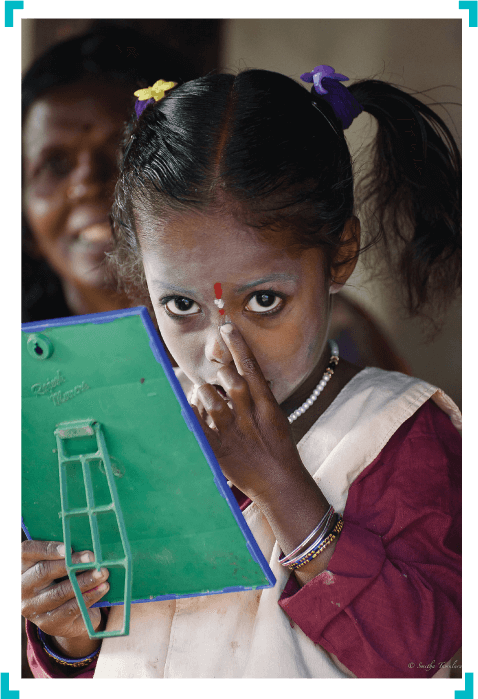
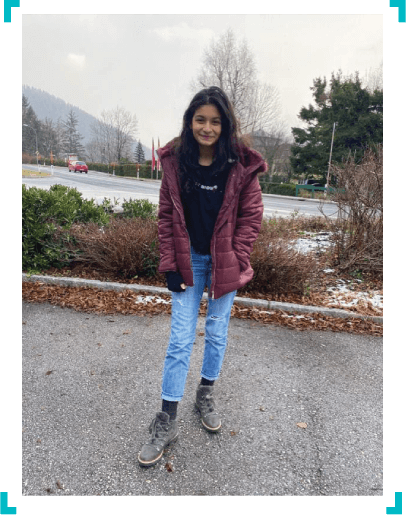 JIA
JIA 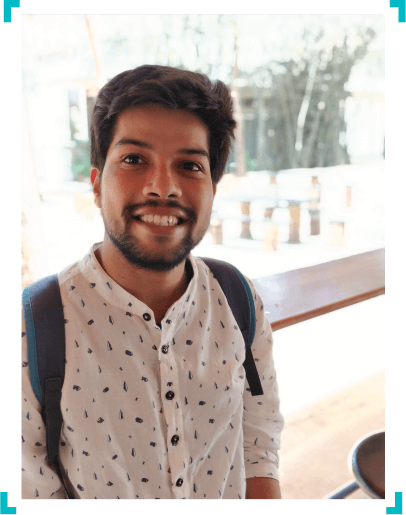 VIPUL S
VIPUL S